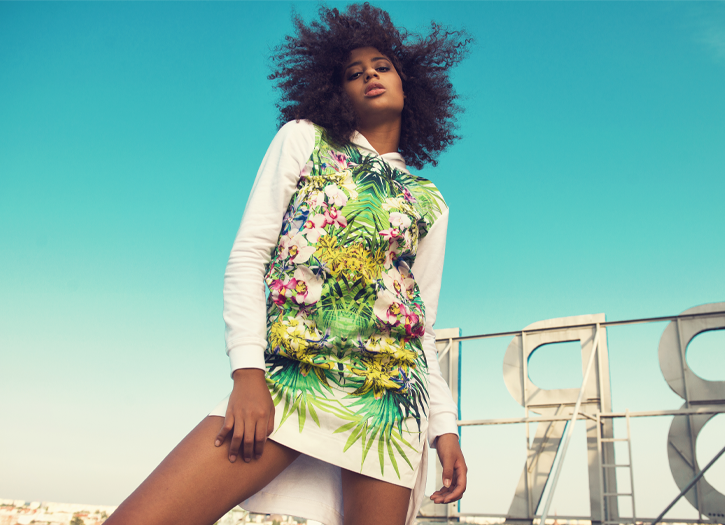Fashion design is the art of applying design, aesthetics, clothing construction and natural beauty to clothing and its accessories. He or she can specialize in clothing, accessory, or jewelry design. It is influenced by culture and different trends, and has varied over time and place. Garments produced by clothing manufacturers fall into three main categories, although these may be split up into additional, more specific categories.
Until the 1950s, fashion clothing was predominately designed and manufactured on a made-to-measure or haute couture basis (French for high-sewing), with each garment being created for a specific client. A couture garment is made to order for an individual customer, and is usually made from high-quality, expensive fabric, sewn with extreme attention to detail and finish, often using time-consuming, hand-executed techniques. Look and fit take priority over the cost of materials and the time it takes to make.
Due to the high cost of each garment, haute couture makes little direct profit for the fashion houses, but is important for prestige and publicity.
Ready-to-wear, or prêt-à-porter, clothes are a cross between haute couture and mass market. They are not made for individual customers, but great care is taken in the choice and cut of the fabric. Clothes are made in small quantities to guarantee exclusivity, so they are rather expensive. Ready-to-wear collections are usually presented by fashion houses each season during a period known as Fashion Week. This takes place on a citywide basis and occurs twice a year. The main seasons of Fashion Week include: spring/summer, fall/winter, resort, swim, and bridal.
Half-way garments are an alternative to ready-to-wear, “off-the-peg”, or prêt-à-porter fashion. Half-way garments are intentionally unfinished pieces of clothing that encourages co-design between the “primary designer” of the garment, and what would usually be considered, the passive “consumer”.This differs from ready-to-wear fashion, as the consumer is able to participate in the process of making and co-designing their clothing. During the Make{able} workshop, Hirscher and Niinimaki found that personal involvement in the garment-making process created a meaningful “narrative” for the user, which established a person-product attachment and increased the sentimental value of the final product.
Otto von Busch also explores half-way garments and fashion co-design in his thesis, “Fashion-able, Hacktivism and engaged Fashion Design”.Currently, the fashion industry relies more on mass-market sales. The mass market caters for a wide range of customers, producing ready-to-wear garments using trends set by the famous names in fashion. They often wait around a season to make sure a style is going to catch on before producing their versions of the original look. To save money and time, they use cheaper fabrics and simpler production techniques which can easily be done by machines. The end product can, therefore, be sold much more cheaply.
There is a type of design called “kutch” originated from the German word kitschig, meaning “trashy” or “not aesthetically pleasing”. Kitsch can also refer to “wearing or displaying something that is therefore no longer in fashion”.







Add Comment
You must be logged in to post a comment.